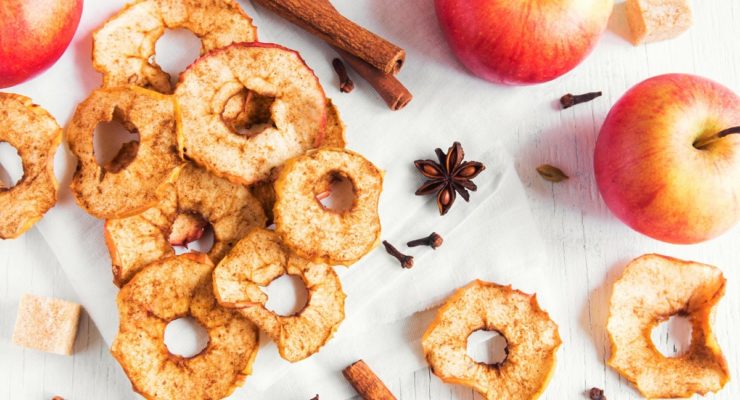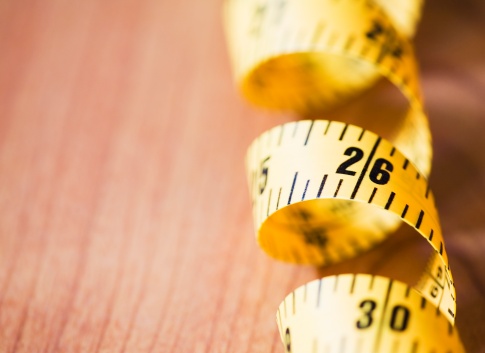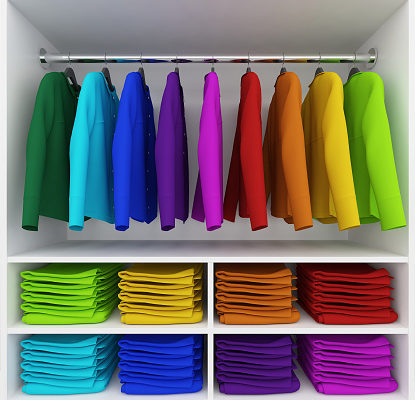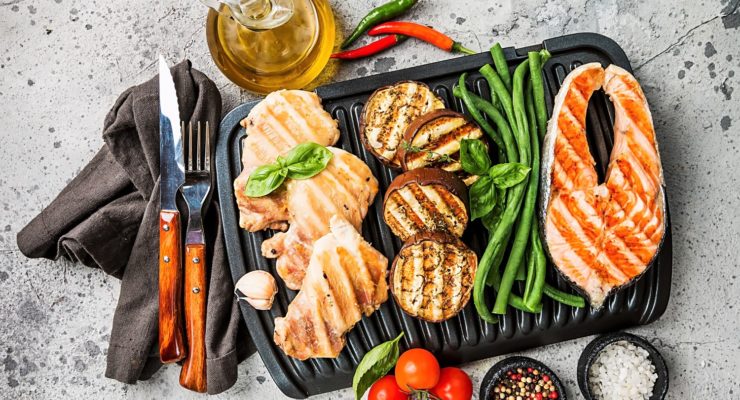6 Struggles Only Dieters Understand
Article posted in: Lifestyle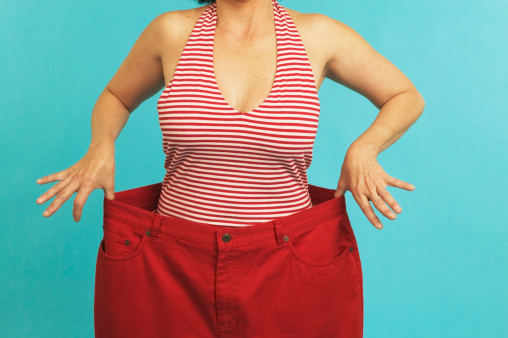
People who have never had to lose weight just don’t get it. They think, “Why don’t you just, you know, eat less?”
If it were that easy, 45 million Americans wouldn’t go on a diet each year (according to statistics from the Boston Medical Center), and at least one-third of those who lose weight wouldn’t regain more than they initially lost, according to scientists at UCLA.
So yeah, it’s hard, and sometimes, others don’t get it. Here are six struggles that only dieters who are losing weight understand:
Struggle 1: “You know what you SHOULD do is …”
From the second you embark on a weight loss program, everyone you know—whether they’re overweight or not, and whether they’ve lost weight before or not—has a better idea.
“You just need to cut out gluten!”
“What you really need to do is drink a glass of pureed watermelon before bed.”
“My sister’s secret was to eat two teaspoons of oil, then a glass of baking soda mixed with water.”
Never mind that you’ve probably tried just about everything in the book, and that you’ve tried to find something that fits your lifestyle, eating style and tolerance for math or meals per day… or whatever makes your weight loss journey unique. And if you do anything but agree, you’re the jerk: They’re just trying to help, after all.
There’s a lesson in this struggle: When it’s your turn, don’t offer the type of unsolicited advice that annoyed you. If someone asks how you’ve achieved your fabulous new bod, by all means, explain your methods. But if they don’t ask and say they’re just trying to lose weight, offer support, not suggestions.
Struggle 2: Every social engagement revolves around food.
You don’t notice this one until you’re more choosy about what you’re eating and drinking, but it’s tough to socialize without an emphasis being put on stuffing your face: From happy hours to birthday dinners to “grabbing a drink” to quiet parties with plates of hors d’oeuvres, they’re all confronting you with temptation.
Don’t hide away. Tackle this problem in two ways. First, change your mindset when you can’t control the situation. Remember that the focus of the party or gathering—whether it’s a happy hour or small party or a group dinner—to be with and enjoy friends and family, not to chow down. Talk to people, reconnect, and place your emotional focus on them and yourself, instead of on the food. (A notable exception: If the focus is the food, like at Grandma’s annual cheesecake party festival, consider scheduling your cheat for that day.)
Second, control the situation when you can: If you’re wanting to reconnect with a friend and are doing the scheduling, pick something that doesn’t focus on food or won’t tempt you. Instead of a sugary margarita night, ask her to go for a walk or hike. Instead of meeting for dinner, hook up for coffee. The point, as before, is to connect with the person, not with what’s on your plate.
Struggle 3: Restaurant portions are ridiculous.
The staggering size of plates and portions at restaurants is something everyone is now aware of, but it only affects you once you start losing weight—when a burrito being as big as your head goes from being a feature to a drawback.
And that’s because we’ve been taught to clean our plates: Leaving food on the table is seen as both sinful and wasteful in American culture, even if you’re ordering a burger that has more fat than two sticks of butter, or a pasta dish with enough calories to constitute a healthy person’s full day of calories.
So create a loophole for yourself that’s been proven by others with weight loss success: Order your food with a to-go box when the plate arrives. Cut the portion in half (since most restaurant portions are easily double what they should be) and put it in the box before you start eating. That way, the tempting extra calories are out of sight, out of mind, and you can clean your plate—just like Mom wanted.
Struggle 4: You can’t always see your progress.
Even when you’ve had a great week of following your plan—tracking your food, staving off cravings, and avoiding temptation—the scale doesn’t always budge. Or you can look in the mirror and not see a difference.
Losing weight is a slow process, which is part of what makes it a struggle. Until you’ve become so disciplined that making the “right” decisions is a no-brainer, not seeing results can be seriously deflating. And telling others about your struggles can be a hindrance—instead of support, they’ll tell you what you should be doing instead.
So give yourself a ton of ways to measure success. Don’t just rely on the scale number or what you see in the mirror. Get a tailor’s measuring tape and use it to measure your waist, chest, calf, thigh and arm measurements. When one decreases, choose to celebrate that progress instead of focusing on whether another measurement (or the scale) has gone up.
And take pictures: Just as you can’t always tell when a kid has grown if you’ve seen them every day, you may not notice how much your face or waist or arms are shrinking. Having pictures—from the beginning of your journey until recently—can be a great way to see just how far you’ve come.
Struggle 5: You have to wear ill-fitting clothes… or spend money on new ones that won’t fit in a little while.
One of the ways you can usually see progress—and feel pretty proud—has to do with your clothes: Either your “fat” clothes get loose, or your goal clothes fit perfectly. But during the in-between period, there’s a struggle, and it can be expensive: Your biggest clothes start to get loose, but your goal-sized clothes are still too small. So you’ve got to buy clothes that fit now—but hopefully won’t fit in the near future as you continue to lose weight.
The answer: Versatile basics. Look for dresses that aren’t fitted so they can fit at multiple sizes—they’ll just get a little more flowy as you lose. Find some skirts and pants that do (and will) fit during this interim period that you can wear with multiple tops. Find basic tops that go with those skirts and pants so you can mix and match to create multiple outfits from a relatively small selection of clothes.
Then spice it up with accessories: Jewelry and bags are still going to fit once you’ve lost the weight, and can make each of these mix-and-match simple outfits stand out. A funky new necklace will put all the attention on the accessory, and it’s something you can wear with these clothes and once those goal clothes are fitting perfectly.
Struggle 6: You’re constantly paying attention to everything.
Many people become overweight because they aren’t paying attention—to portion sizes, to why they’re snacking when they’re emotional, or to mindlessly munching in front of the TV. When you aren’t looking, all those calories they didn’t notice add up to pounds they can’t ignore.
Which means that losing weight means lots of paying attention—to what you’re eating, when you’re eating it, and why. Whether it’s to count points, measure portions or track your food intake, losing is a lot of work. And after a long day or week at the office or dealing with the kids, more work is the last thing you want.
So take advantage of when you have energy: When you’re feeling especially motivated, prep healthy veggies and snacks so that when you’re low on pep, you don’t have to prep. You can grab a container of pre-cut peppers just as easily as you can a bag of chips.
And find someone who understands: Because when you’re having a rough day, sometimes nothing helps you cope better than venting. Get together—for a walk, not a drink—and kvetch together.

